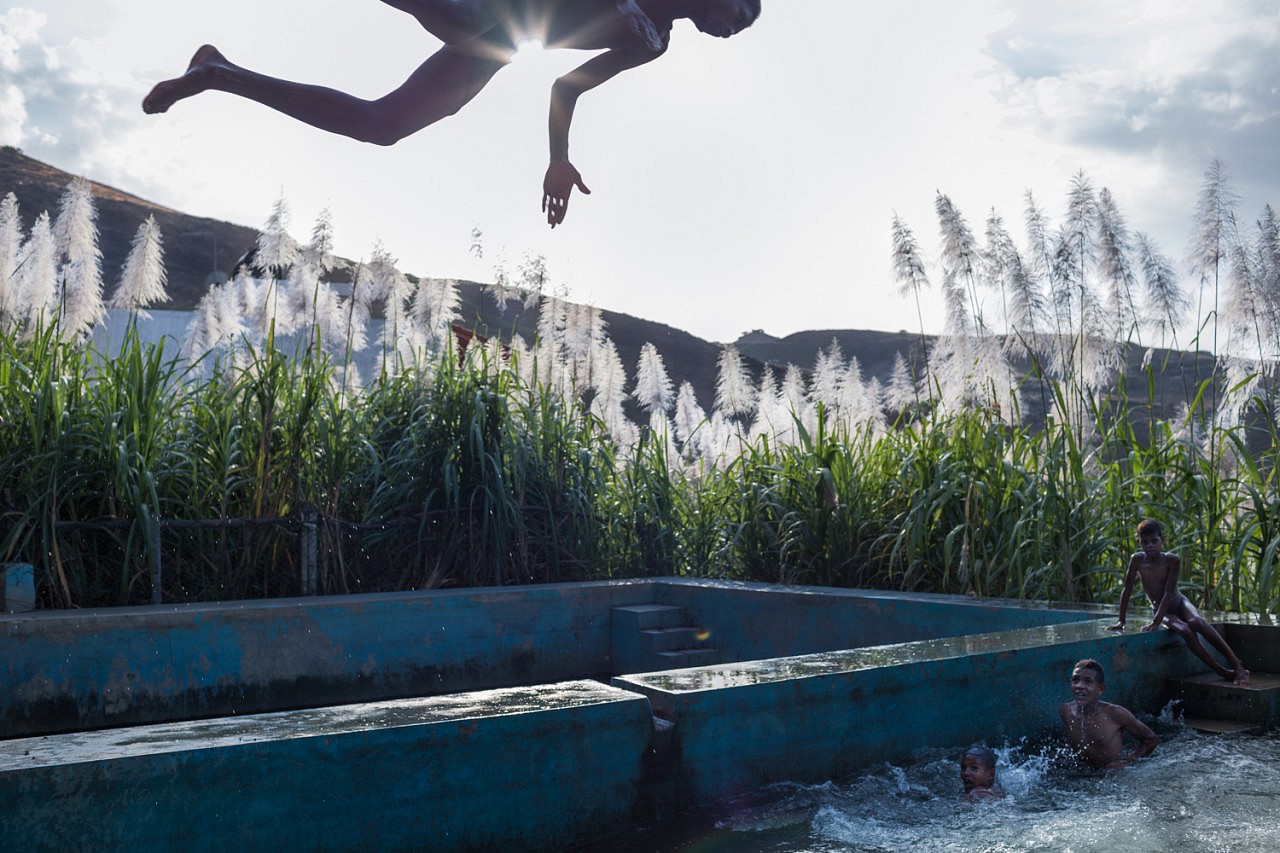-
Cape Verde
Cape Verde, of light and wind
 Situated off Senegal, the little archipelago of Cape Verde has big ambitions: it has given itself until 2020 to become the first country in the world to depend only on the sun and the wind. Obviously, this African state is motivated by the fight against global warming. But that is not its main reason. Fuel and bringing it to its little ports costs the Cape Verdeans far too much.
Situated off Senegal, the little archipelago of Cape Verde has big ambitions: it has given itself until 2020 to become the first country in the world to depend only on the sun and the wind. Obviously, this African state is motivated by the fight against global warming. But that is not its main reason. Fuel and bringing it to its little ports costs the Cape Verdeans far too much.
Cape Verde’s strong political will, however, is coming up against the difficulties that will be familiar to any pioneer who is embarking on a new adventure: the country is preparing the ground, coming up against technological needs that are impossible to anticipate and having to invent new economic and social models. Can this tiny developing country serve as an example for Africa and Europe … who are watching it closely?
Writer : Cécile Bontron | Photographer : Guillaume Collanges
- Jandir Lima da Graça, fisherman from the village of Monte Trigo, island of Santo Antão
Having electricity 24 hours a day thanks to solar panels means a lot of things: we can have the Internet, a refrigerator to keep our food fresh and an ice-making machine for fishing.»
Monte Trigo,The village connected to the sun
Like most isolated villages, Monte Trigo, on the island of Santo Antão, has long lived with restricted access to electricity: five hours a day thanks to a fuel oil-powered generator. But in 2012, the town council managed to acquire funding from the European Union to help it to pay for 210 solar panels which have been installed in the form of a pergola over the school playground. Two men have been trained and hired to monitor the installation. With this everything changed: refrigerators appeared in homes, computers with a very limited access to the internet were installed in the school and a few private homes.
And in this spot at the end of the earth, where the only horizon is the sea, the fisherman have been able to buy an ice-making machine: the holy grail that enables them to conserve their fish. Several times, the sun disappeared. But the people had been warned, and reduced their consumption. And the batteries, which were designed to last three days, held out for five in the end.Little pioneers must innovate
In four years, the country has gone from 2% to 25% renewable energies. It has equipped itself with two solar farms for a total of 7 megawatts (MW). But above all it has encouraged the creation of the first public-private partnership in wind power in Africa. The project, costing a total of $78 million, was jointly funded by several African and European private investment funds, the European Investment Bank and the African Development Bank. It has enabled the construction of four wind farms on four islands in the archipelago with a total capacity of 25MW, managed by the Cabeolica company. The latter has won several international prizes for a project that can easily be reproduced. It is for this reason moreover that ECOWAS (the Economic Community of West African States), through Ecreee, but also the European Union are scrutinising the progress made by the pioneering archipelago.

At Ribeira da Cruz, on the island of Santo Antão, farmers have been able to install solar panels to power a hydraulic pump. The water costs them 90% less than when it was pumped by an oil-powered generator.
- Mahama Kappiah, Director of the ECOWAS Centre for Renewable Energy and Energy Efficiency, Ecreee.
Cape Verde is a pilot country, which is showing a good example and good practices to the entire West African region.»
- Vanderley Rocha, farmer in Ribeira da Cruz, island of Santo Antão
The reduction in energy costs will enable us to lower the price of our products and bring them into line with the international competition.»
Towards 100%
To quickly reach 100% of renewable energies, Cape Verde is also working on other projects involving solar and wind power and biogas.But nevertheless, it must take into account the problems of scale that it is faced with. First of all, the electrical grids on the nine inhabited islands need to be modernised. The country is also faced with a situation where for decades people have illegally connected to the grid as the price of electricity has been far too high and will only be able to come down once the financial balance of the distribution company has been re-established.Finally, they are still lacking the final innovative solution that will enable Cape Verdeans to overcome the fluctuations in the sun and wind and reach 100% renewable energy.Across all levels of society
Throwing themselves into the movement launched by the State, local councils and associations have mobilised to create their own solar or wind power station or one combining both. Thanks to European, African or UN funding that has completed their budgets, isolated villages are acquiring 24 hour-a-day electricity; farmers can run hydraulic pumps to irrigate their fields; fishermen have acquired an ice-making machine to conserve their fish. Clean energies are opening up new horizons for Cape Verdeans. They now want to mobilise to overcome the lack of fresh water, which is crucial throughout the archipelago. Plans for a desalination plant powered by the wind farm have recently been launched on several islands.